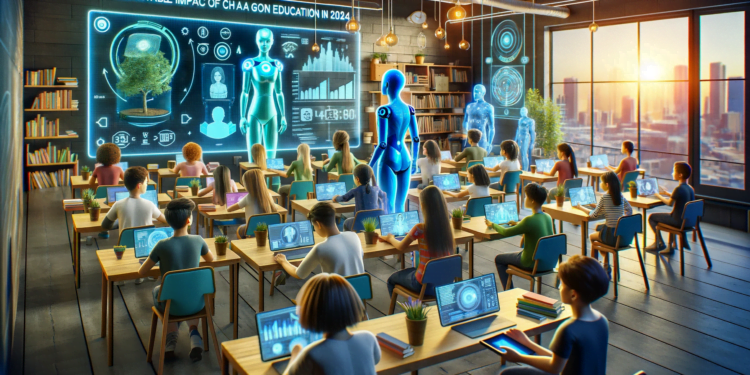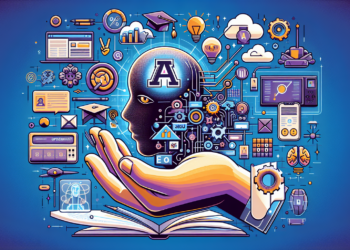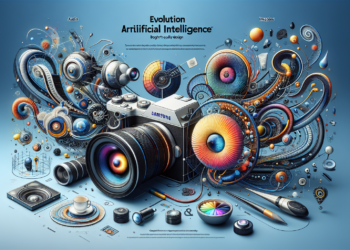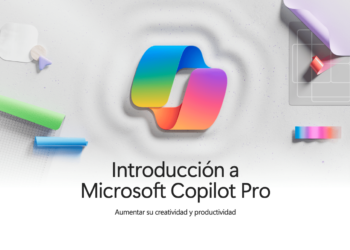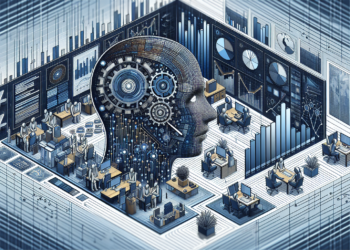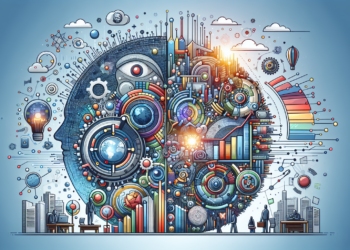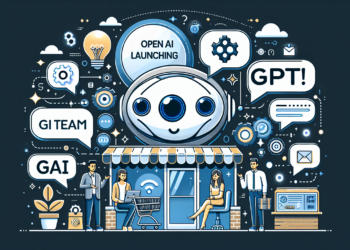The generative natural language processing model known as ChatGPT, developed by OpenAI, has traveled a swift path of evolution and refinement. Building on its predecessors in the Transformer architecture, ChatGPT has emerged as a versatile tool with significant ramifications in multiple sectors, including education. Its ability to synthesize text, answer questions, and generate educational content is becoming a disruptive element in the traditional pedagogical model.
Technological Advances of ChatGPT
To understand the impact of ChatGPT on the educational realm, it’s crucial to analyze its technological advancements. ChatGPT has incorporated advanced deep learning techniques, optimization, and adaptation of linguistic models. It has implemented attention mechanisms that allow it to focus on relevant parts of the text to generate more coherent responses. Through “transfer learning,” the model adapts previous knowledge to new contexts, an aspect particularly promising for the personalization of learning.
Personalization of Learning
ChatGPT can model individualized learning trajectories, recognizing and adapting to the specific needs of students. AI-driven systems capable of providing instant and customized feedback could revolutionize the way students interact with educational material. Imagine a system that dynamically adjusts the difficulty level of questions or suggests additional resources based on the continuous assessment of the learner’s progress.
Adaptive Pedagogical Support
Pedagogical support benefits from the integration of ChatGPT, as the model can act as a 24/7 assistant tutor. Beyond providing answers to academic questions, ChatGPT could design preliminary study plans, tailoring the presentation of concepts to the student’s learning pace.
Integration of ChatGPT into Educational Systems
Tools that integrate ChatGPT into Learning Management Systems (LMS) are currently in testing and development stages. These platforms enable synchronization with the established curriculum and provide an intuitive interface for educators to control and measure AI’s intervention in the educational process.
Ethical and Regulatory Challenges
With these innovations come ethical inquiries about the reliance on artificial intelligence, data privacy, and the authenticity of student work. ChatGPT models will need to be designed with strict ethical guidelines, implementing safeguards to protect academic integrity and ensure that technology is used as a complement, not as a substitute for human effort.
Case Studies and Empirical Evidence
Various case studies have documented how ChatGPT has facilitated the learning of linguistic skills, mathematics, programming, and other subjects. Instant feedback and the AI’s constant availability have shown increases in knowledge retention and student motivation. For instance, there are improvements in the outcomes of students using ChatGPT to practice foreign languages, with support from simulated conversations and real-time corrections.
Future Directions at the Intersection of AI and Education
Looking into 2024, ChatGPT is anticipated to have an enhanced capacity for logical reasoning and handling broader contexts, which will allow for deeper and more meaningful dialogue in the educational field. The introduction of more efficient models requiring fewer computational resources, along with advancements in text understanding, could further democratize access to quality education.
The synergies between AI and emerging educational methodologies such as problem-based learning (PBL) or flipped learning indicate a reconfiguration of the educator’s role, focusing more on the facilitation and curation of AI-generated content rather than on direct instruction.
Conclusion
In a timeline extending to 2024, ChatGPT promises to be a tool that, if well implemented, could act as a catalyst for an era of personalization and democratization of education, but it carries inherent challenges that need to be approached with insight. The development of educational policies that integrate ChatGPT and other AI technologies, along with training teachers in digital competencies and understanding of AI, will be crucial for maximizing the positive impact of these technologies on education. Collaboration between AI developers, educators, and policymakers will be vital for designing an educational ecosystem in which artificial intelligence, and ChatGPT in particular, enhance human capabilities instead of replacing them.

